Agave Leopoldii
Agave leopoldii is a small, ornamental species of agave, prized for its attractive, compact form and striking foliage. It is a slow-growing, evergreen succulent that is well-suited for both container gardening and rock gardens. Agave leopoldii is part of the Asparagaceae family, known for its hardy, drought-tolerant nature, making it a favorite among succulent collectors and xeriscapers.
Characteristics of Agave Leopoldii:
- Foliage: The leaves are narrow, dark green, and grow in a rosette form. Each leaf has curly white filaments along its edges, giving the plant a distinctive, decorative appearance. The leaves are also lined with tiny teeth, though they are not as sharp as those on larger agave species.
- Size: Agave leopoldii is relatively small compared to other agave varieties, typically growing to about 10–12 inches (25–30 cm) in height and width, making it ideal for small spaces and container gardening.
- Growth Habit: It forms a dense, rounded rosette with leaves that curve slightly outward, creating a tidy and appealing shape.
- Flowers: Although it takes several years (sometimes decades) to bloom, Agave leopoldii produces a tall flowering stalk with small, tubular flowers in shades of yellow or green. Like most agaves, it is monocarpic, meaning it dies after flowering, but it typically produces offsets (pups) before this happens.
Growing Conditions for Agave Leopoldii:
- Light: Agave leopoldii thrives in full sun to partial shade. It needs bright light to maintain its compact form and vibrant leaf color. In extremely hot climates, some afternoon shade can prevent leaf scorch.
- Soil: This plant prefers well-drained, sandy or gritty soil. Agaves do not tolerate waterlogged conditions, so using a cactus or succulent mix is ideal for container planting.
- Watering: Like most succulents, Agave leopoldii is drought-tolerant. Water sparingly, allowing the soil to dry out completely between waterings. Overwatering can lead to root rot, so it’s best to err on the side of caution.
- Temperature: Agave leopoldii prefers warm temperatures and can tolerate heat well. It is hardy to around 25°F (-4°C), so in colder climates, it should be protected from frost or brought indoors during the winter months.
- Fertilizing: Fertilizing is not necessary, but a light application of cactus fertilizer in spring can encourage healthy growth. Avoid over-fertilizing, as this can lead to weak, leggy growth.
Propagation:
- Offsets (Pups): Agave leopoldii reproduces by producing pups or offsets around the base of the parent plant. These can be removed and replanted once they are large enough to handle, providing an easy way to propagate the plant.
- Seeds: Although less common, Agave leopoldii can also be propagated from seeds. However, this method takes much longer, as the plant is slow-growing.
Benefits:
- Low Maintenance: Agave leopoldii is very easy to care for, making it a great choice for beginner gardeners or those looking for a low-maintenance plant.
- Drought Tolerant: Its ability to thrive in dry conditions makes it perfect for xeriscaping or water-wise gardens.
- Ornamental Value: The unique curly white filaments along the leaf edges and its compact, symmetrical form make it a popular ornamental succulent.
- Container-Friendly: Its small size and slow growth make Agave leopoldii an excellent candidate for growing in pots, where it can be displayed on patios or indoors in bright locations.
Uses:
- Rock Gardens: Its compact size and drought tolerance make it a perfect addition to rock gardens or desert landscapes.
- Containers: Agave leopoldii thrives in pots, making it ideal for patios, balconies, or indoor displays in sunny spots.
- Borders and Accent Planting: Its unique appearance adds interest to borders, or it can be used as an accent plant in succulent gardens.
- Xeriscaping: Its low water needs make it a great option for water-efficient landscaping.
Care Tips:
- Sun Exposure: Make sure the plant receives plenty of light, but protect it from intense midday sun in very hot climates.
- Soil Drainage: Ensure that the soil is well-draining to avoid root rot.
- Water Sparingly: Allow the soil to dry out completely between watering to mimic its natural desert environment.

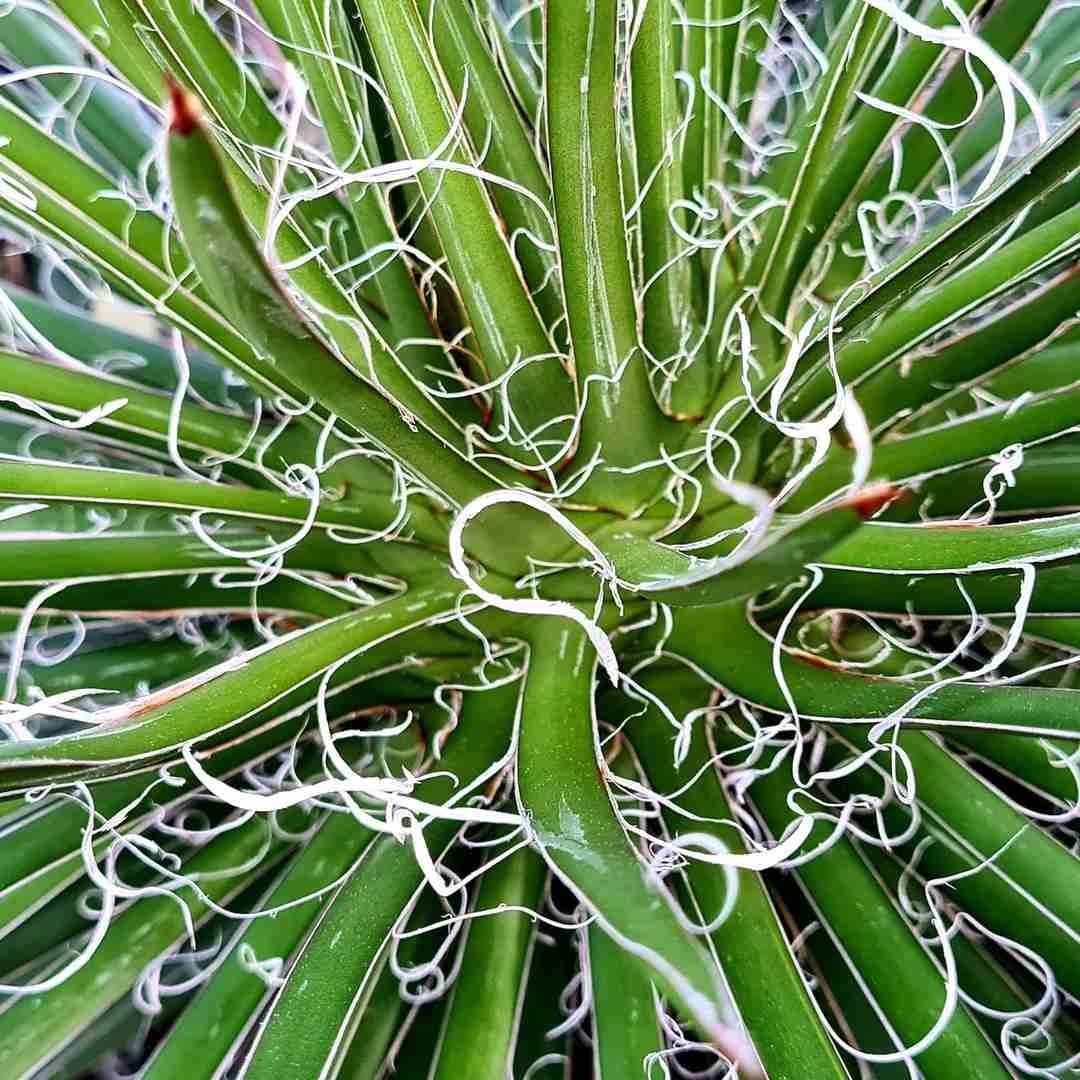
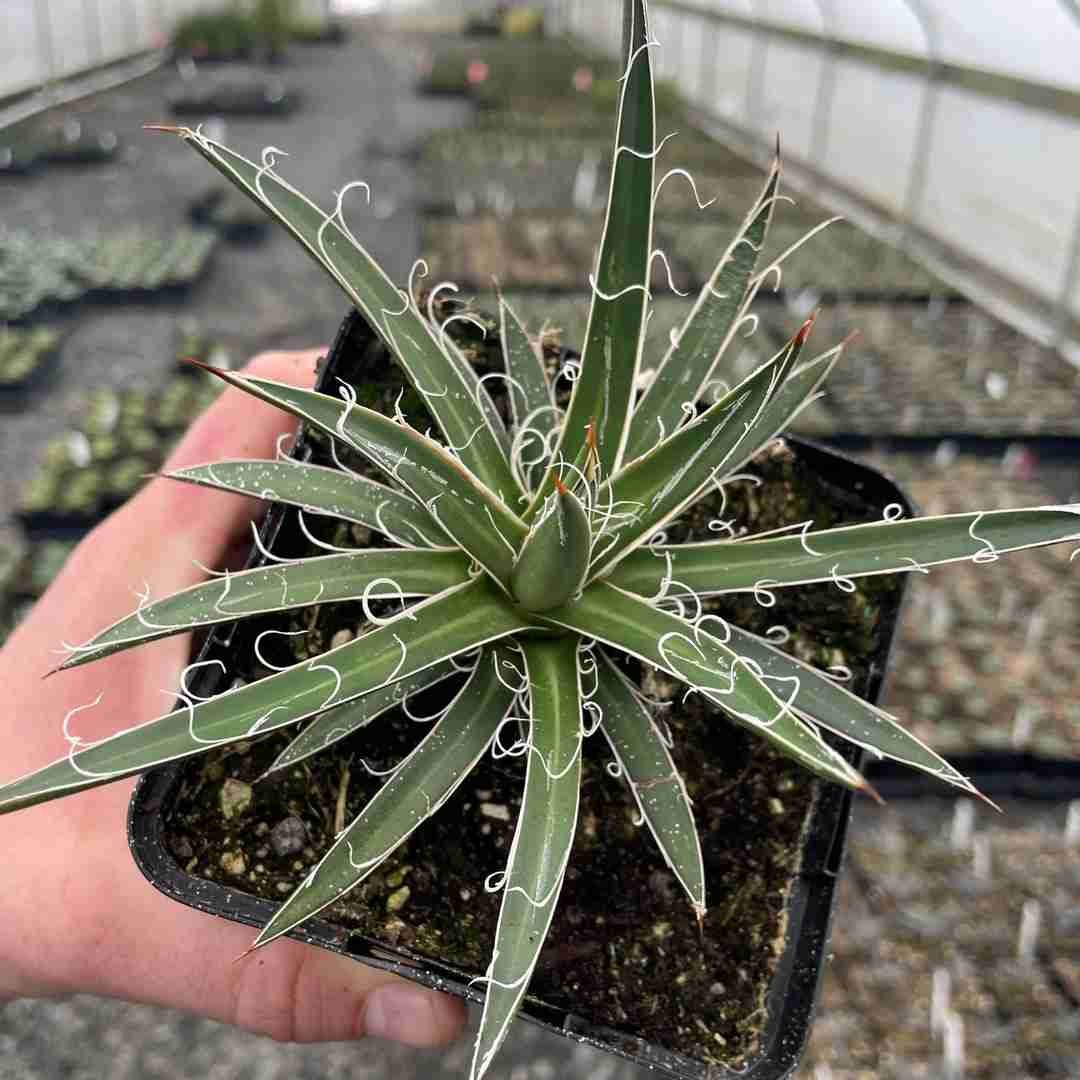
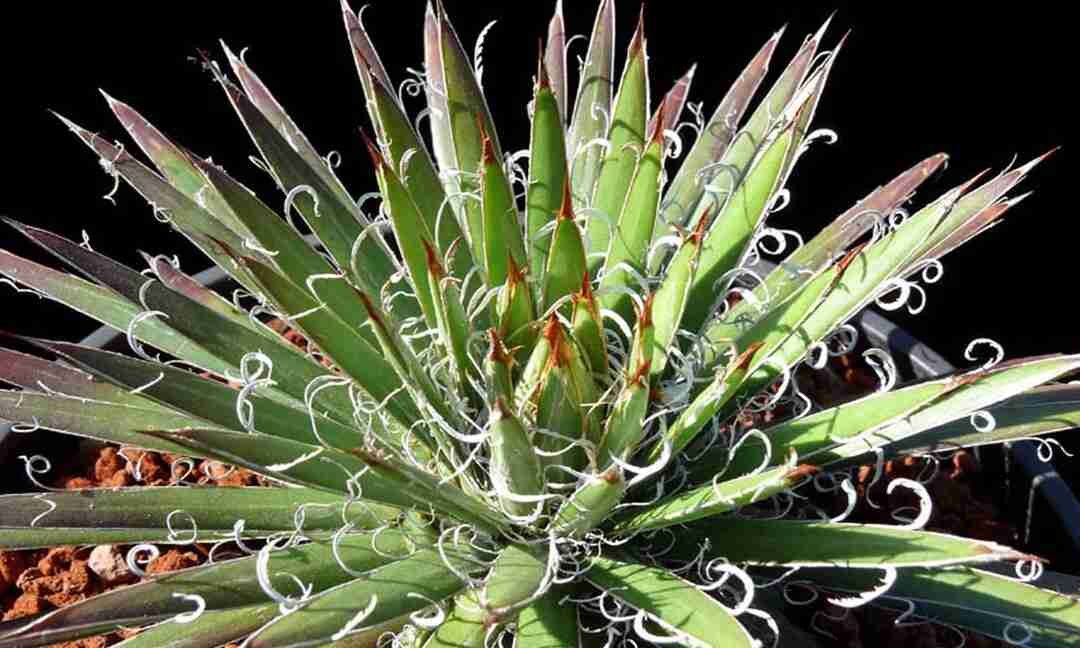
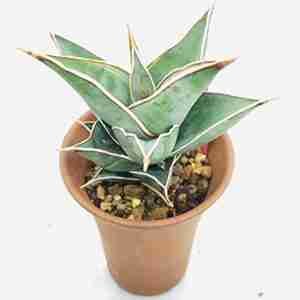
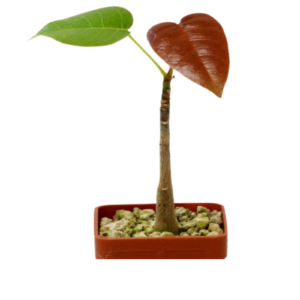
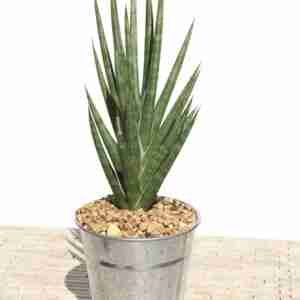
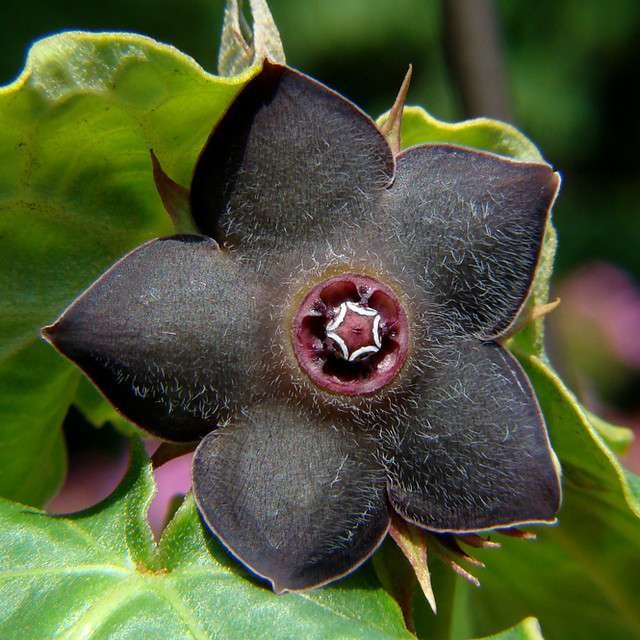
Reviews
There are no reviews yet.